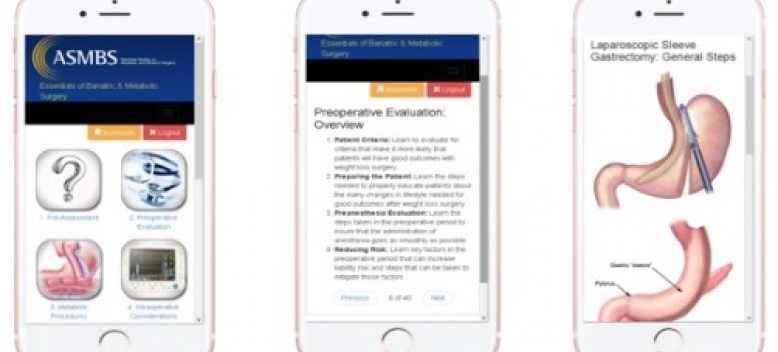
FDA approves AspireAssist system as alternative to surgery
Product approval

The FDA has approved the AspireAssist System, an endoscopic alternative to weight loss surgery for people with moderate to severe obesity. According to the company behind AspireAssist, Aspire Bariatrics, the system provides the patient with a method for achieving effective ‘portion control’ of food intake at the level of the stomach, which lowers the threshold for successful weight loss and facilitates lifestyle behaviour change for long-term weight management.
The AspireAssist system consists of a low-profile implantable gastrostomy tube and a siphon system. Patients drain the contents of their stomachs after a meal, reducing caloric absorption by approximately 30%. The AspireAssist is given in conjunction with lifestyle therapy, in which patients are taught portion control, careful chewing, and other healthy lifestyle habits.
“With less than 1% of the 25 million Americans with BMIs over 35, availing themselves of bariatric surgery each year, there is clearly a need for a non-surgical weight loss procedure that is effective, safe, and reversible,” said Dr Christopher Thompson, Associate Professor of Medicine at Harvard Medical School and the Director of Therapeutic Endoscopy at Brigham and Women’s Hospital. “AspireAssist therapy satisfies this need and additionally offers a lower cost solution to the healthcare system.”
The AspireAssist provides a novel approach to obesity treatment through portion control. It is intended for long-term duration of use, and is to be used in conjunction with diet and exercise counselling and medical monitoring. The device is implanted in a 15-minute outpatient procedure, is fully reversible, and does not alter the patient’s internal anatomy. The AspireAssist was evaluated in the PATHWAY study, a 171-subject, multi-centre trial in the US, which found that patients using the device lost an average of 12.1% of their total body weight after one year, compared with 3.6% in the control group.

“Patients with AspireAssist therapy have the opportunity not only to lose a significant amount of weight in a safe and controlled manner, but also to develop a healthier life style through more mindful eating habits,” said Dr Louis Aronne, the Sanford I Weill Professor of Metabolic Research at Weill-Cornell Medicine and a co-Principal Investigator of the PATHWAY study.
The system is indicated for obese patients, with a BMI35-55, who are age 22 or older and have failed to achieve weight loss using nonsurgical means. It’s intended to be used for long-term weight loss and maintenance for a year or two or longer.
Patients use the AspireAssist to routinely dump almost one-third of their stomach contents after a meal directly into the toilet via a drain that it is implanted directly into the stomach. The idea is essentially the reverse of a traditionally placed feeding tube, only used outside the hospital for routine use after eating. The device is not to be used on patients with eating disorders.
“The AspireAssist approach helps provide effective control of calorie absorption, which is a key principle of weight management therapy,” said Dr. William Maisel, deputy director for science and chief scientist at the FDA’s Center for Devices and Radiological Health, in a statement. “Patients need to be regularly monitored by their health care provider and should follow a lifestyle program to help them develop healthier eating habits and reduce their calorie intake.”
The device requires a surgeon to insert a tube in the stomach with an endoscope via a small incision in the abdomen. It connects to a disk-shaped port that lies on the skin of the abdomen. About 20 to 30 minutes after a meal, the patient attaches an external connector and tubing to the valve, which opens to drain the stomach contents. The process takes about five to 10 minutes.
It has an automatic shut-off feature that halts its functioning after 115 cycles of use; this requires the patient to make a physician visit to continue therapy and helps ensure that patients aren’t misusing the device. There are a series of potentially risks associated with the placement of the tube, as well as the maintenance of the port valve. These include infection, leakage, bleeding, and persistent fistula development.
“We are very happy to be able now to offer this life-changing therapy in the US to patients with obesity; many of whom felt, until now, that there were few viable solutions for them,” said Dr Katherine Crothall, President & CEO of Aspire Bariatrics.

